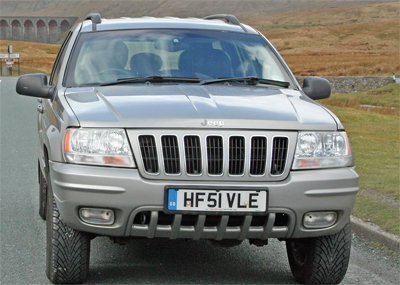 Robert Pepper
Robert Pepper
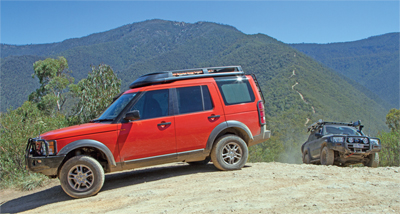 Last weekend we were out again in the summer Aussie heat, camping and exploring, and in those conditions a swim, perhaps the most relaxingly pleasant way to cool off. But not just any old swim. There’s nothing quite as refreshing as diving into a briskly flowing river and being carried, with no effort on your part, downstream – it’s a depth of coolness the artificial, chlorinated swimming pool cannot match, and you need to experience the difference to believe it.
Last weekend we were out again in the summer Aussie heat, camping and exploring, and in those conditions a swim, perhaps the most relaxingly pleasant way to cool off. But not just any old swim. There’s nothing quite as refreshing as diving into a briskly flowing river and being carried, with no effort on your part, downstream – it’s a depth of coolness the artificial, chlorinated swimming pool cannot match, and you need to experience the difference to believe it.
In much the same way the Discovery 3 and 4 look similar, but the latter is more capable than the former. And both have subtle and non-so-subtle mid-life updates, which improve things a little here and a little there. The D3’s traction systems were sophisticated in 2005, but now the very latest D4s now sport an eight-speed automatic and traction control that works harder when wheels lift off the ground and a range of other improvements. The differences can be hard to spot, but they’re there. A little like the oft-discussed question of whether the optional e-diff is worth the money, and what affect it has.

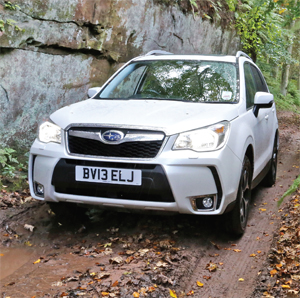 Think 4×4 and vehicles like the Discovery, Land Cruiser and Grand Cherokee come to mind, or maybe pick-ups like the Hilux or Ranger. These vehicles are capable of carrying heavy loads over rough terrain, but are not cheap to buy or to run. Smaller, certainly lighter vehicles such as the Santa Fe, Freelander, SX4 and others offer rough-terrain capability at lower prices – these are soft-roaders designed for lighter duty work and they lack low range gears. The question is whether the trade-off is worth it, and how far can you go in a softie?
Think 4×4 and vehicles like the Discovery, Land Cruiser and Grand Cherokee come to mind, or maybe pick-ups like the Hilux or Ranger. These vehicles are capable of carrying heavy loads over rough terrain, but are not cheap to buy or to run. Smaller, certainly lighter vehicles such as the Santa Fe, Freelander, SX4 and others offer rough-terrain capability at lower prices – these are soft-roaders designed for lighter duty work and they lack low range gears. The question is whether the trade-off is worth it, and how far can you go in a softie?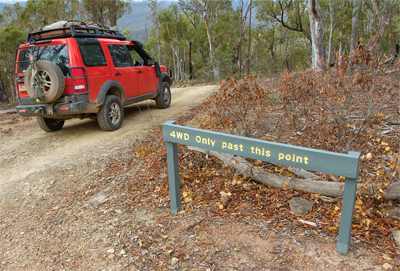 Just got back from a camping trip of about three weeks. Our trips are somewhat unplanned; we pretty much decide where to stay late each afternoon, and typically move on after one or two nights. Everything our family of four needs is carried by the D3, either inside or on the roof rack. Fully loaded, the D3 might surprise many, as it looks a lot less ‘loaded’ than many other 4x4s, yet has everything a family needs for four days of remote bush camping. There are a few tricks to the packing, and I’ll share some here.
Just got back from a camping trip of about three weeks. Our trips are somewhat unplanned; we pretty much decide where to stay late each afternoon, and typically move on after one or two nights. Everything our family of four needs is carried by the D3, either inside or on the roof rack. Fully loaded, the D3 might surprise many, as it looks a lot less ‘loaded’ than many other 4x4s, yet has everything a family needs for four days of remote bush camping. There are a few tricks to the packing, and I’ll share some here. Bob Cooke – contributor
Bob Cooke – contributor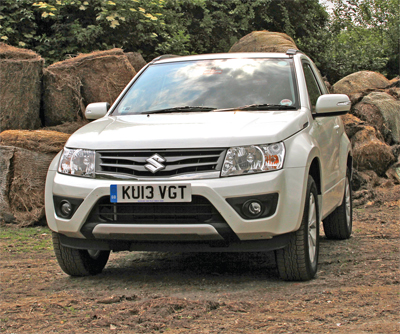 EVEN the most cautious and careful driver can have an ‘incident’ when driving off-road. It’s one of those activities that you shouldn’t do, if you are not prepared for the consequences that might involve some damaged metal (or plastic), since it’s not always just your pride that gets dented.
EVEN the most cautious and careful driver can have an ‘incident’ when driving off-road. It’s one of those activities that you shouldn’t do, if you are not prepared for the consequences that might involve some damaged metal (or plastic), since it’s not always just your pride that gets dented.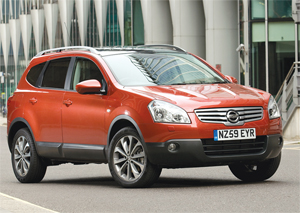 No need to keep the family standing around in the rain waiting for a bus to come along when you can have an all-weather people carrier parked right outside the house. We look at the Top Ten seven-seaters…
No need to keep the family standing around in the rain waiting for a bus to come along when you can have an all-weather people carrier parked right outside the house. We look at the Top Ten seven-seaters…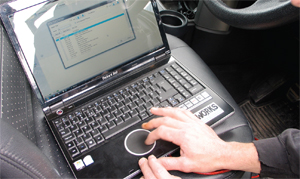 Most folk are probably perfectly happy with their diesel-powered 4x4s, SUVs and off-roaders. They manage to offer reliable, sturdy motoring, reasonable power and decent enough torque in most cases. And if those who crave more performance choose to run a petrol-powered 4×4 instead, perhaps usurping a Td5 Discovery in favour of a V8, then they’re probably content to spend more on fuel in return for that extra on-road ‘oomph’.
Most folk are probably perfectly happy with their diesel-powered 4x4s, SUVs and off-roaders. They manage to offer reliable, sturdy motoring, reasonable power and decent enough torque in most cases. And if those who crave more performance choose to run a petrol-powered 4×4 instead, perhaps usurping a Td5 Discovery in favour of a V8, then they’re probably content to spend more on fuel in return for that extra on-road ‘oomph’. Bob Cooke – contributor
Bob Cooke – contributor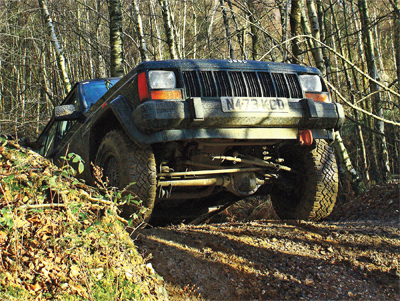 The sign said ‘winch vehicles only’, which is why I didn’t take the Cherokee over that particular hump, but it didn’t stop Tom Parr driving his Land Rover up the steep climb leading into that area. The sudden burst of laughter from his on-looking buddies after the car disappeared over the other side was a call I couldn’t resist, so I parked the Cherokee and walked over. Surprise, surprise, Tom’s Land Rover had planted itself so deeply into a water-filled hole that it had flooded the driver’s footwell; it took a snatch recovery from a friend’s car to pull it back out of the hole.
The sign said ‘winch vehicles only’, which is why I didn’t take the Cherokee over that particular hump, but it didn’t stop Tom Parr driving his Land Rover up the steep climb leading into that area. The sudden burst of laughter from his on-looking buddies after the car disappeared over the other side was a call I couldn’t resist, so I parked the Cherokee and walked over. Surprise, surprise, Tom’s Land Rover had planted itself so deeply into a water-filled hole that it had flooded the driver’s footwell; it took a snatch recovery from a friend’s car to pull it back out of the hole.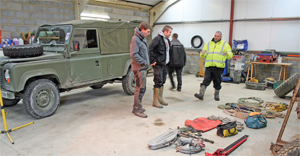 Imagine this scenario: before officially tying the knot, the appeal of one last epic adventure with your best mate is soon concocted over several pints of the best British ale. Africa is earmarked, with Kenya the end game and several weeks on a plan is in motion, now that you’re the winning bidder of a 1995 Land Rover Defender 110. However, the adventurous pair in question, groom-to-be electrician Lewis Ashley and farming machinery specialist Kris Romney, are expedition newbies and under no illusion that they need to learn the necessary skills for their planned adventure. Sensibly, they sign up to an intensive three-day True Grip Off Road expedition preparation course – and I tag along too for good measure.
Imagine this scenario: before officially tying the knot, the appeal of one last epic adventure with your best mate is soon concocted over several pints of the best British ale. Africa is earmarked, with Kenya the end game and several weeks on a plan is in motion, now that you’re the winning bidder of a 1995 Land Rover Defender 110. However, the adventurous pair in question, groom-to-be electrician Lewis Ashley and farming machinery specialist Kris Romney, are expedition newbies and under no illusion that they need to learn the necessary skills for their planned adventure. Sensibly, they sign up to an intensive three-day True Grip Off Road expedition preparation course – and I tag along too for good measure. Hils Everitt – Editor at Large
Hils Everitt – Editor at Large